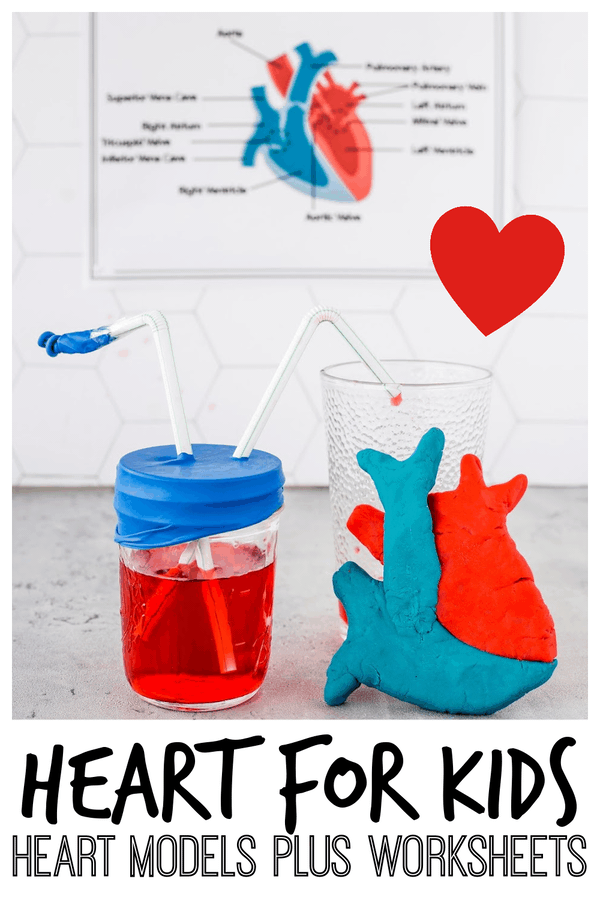Youve probably heard your mother tell you to eat or drink something to check that you have strong bones.
And havingstrong bonesis super important because ourskeletal system for kidholds up our body and allows us to move.
But what do you know about yourbones for kids?

Kids of all ages will be amazed by this simple vinegar experimentbending bones!
What are bones made of
Our bodies are made up of 206 bones.
Calcium makes up 65% of your bones.

Wash the 2 big bones from chicken drumsticks for thisbone experiment for kids.
Put one of the bones covered in seltzer.
Put the other bone completely covered in white vinegar.

verify to put a label in front so you know which one is which.
Leave the experiment alone for 48 hours.
Note: The seltzer jar is optional as it really doesnt impact this strong bones demonstration.

Skeletal system for kids
Now rinse the bones and see what has changed.
If the bones is still not pliable.
Put it in a fresh dish of vinegar for another 48 hours.

Kids will be amazed that the bone will bend without splitting in half.
Ask them what would happen if we didnt have enough calcium in our bones?
Human skeleton for kids
So what happened in our human body experiment?

Vinegar is a mild acid, but it is strong enough to dissolve away calcium in bones.
This demonstration is a greaty way for kids to understand the importance of eating calcium.
Youve GOT to try some of theseoutrageously funscience experiments for kids!

We have so many fun, creative and easy science experiments for elementary age children:
















